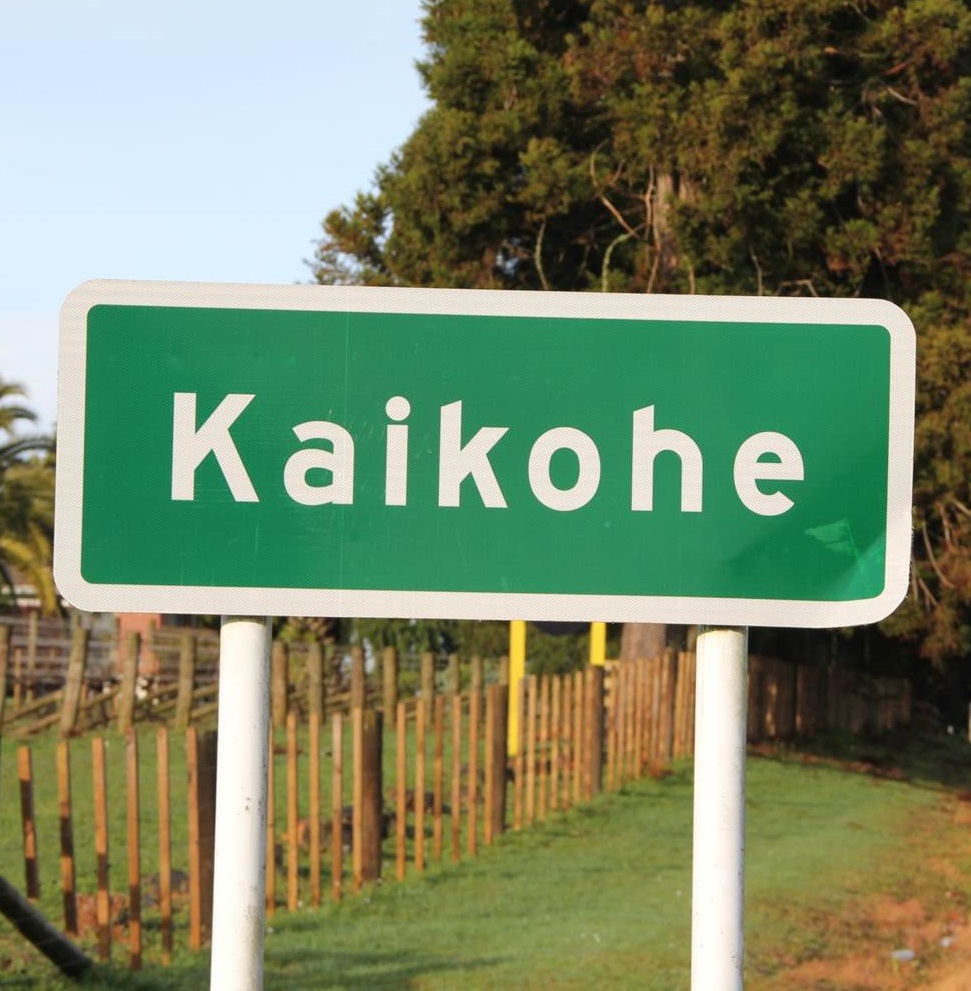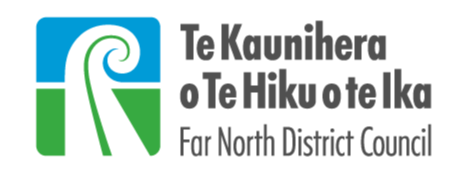Kaikohe water savings keep taps flowing
Significant water savings achieved by Kaikohe in the past two weeks have likely prevented the town’s taps from running dry.

Significant water savings achieved by Kaikohe in the past two weeks have likely prevented the town’s taps from running dry.
Latest figures released by the Council show Kaikohe households and businesses reduced water consumption by an impressive 38.24 per cent between 25 February and 2 March. That topped the previous week’s 34.70 per cent reduction and is significantly more than the 25 per cent goal set by the Council for the whole district. This surpasses Okaihau, which reduced water consumption over the same period by 37.43 per cent, which is slightly less than the 44.96 per cent reduction it achieved the previous week.
Compared to normal use, consumption is down at all other water supplies with Rawene achieving a 29.12 per cent reduction, Kerikeri 15.46 per cent, Kaitaia 10.90 per cent, Kawakawa 9.51 per cent, Opononi 7.25 per cent, and Paihia 5.45 per cent.
General Manager – Infrastructure and Asset Management, Andy Finch, says the figures prove residents are getting the message and are finding ways to use less water. “Kaikohe residents should be especially proud of their result. Without the water savings they have achieved, the town would be in trouble.”
He says Kaikohe’s 38.24 per cent saving equals about 847 cubic meters of water per day. Without those savings, and at current flows in the Wairoro Stream, there would be not be enough water left to treat and the Council would be forced to start using its reservoir reserves. The Council has a maximum of two to three days’ supply of treated water stored in its Kaikohe reservoirs. “Kaikohe residents and businesses have helped us avoid tapping into those reserves and the likelihood we would then need to move to emergency water supplies installed recently by Civil Defence.”
In Kaikohe, the Council’s $300 subsidised leak repair offer is also playing a part in reducing water consumption. The offer recognises that many Kaikohe residents are renters or are on fixed incomes and cannot afford to fix basic leaks. So far, 98 leaks have been repaired, approximately half were for leaking taps and slow leaks. The remainder were multiple leaks under houses, constantly running toilets, and split underground pipes.
District-wide the Council has repaired 241 water leaks in its own infrastructure since the beginning of the year, 40 of which were in Kaikohe. Of that district-wide total, 35 were significant water breaks, eight of which occurred in Kaikohe. “Our contractors are working hard to clear an increased number of leak reports. Many of these are due to very dry ground conditions damaging pipes,” Mr Finch says.
He hopes rain experienced across parts of Northland this week will reduce the impact of dry ground conditions on water infrastructure, but is warning residents not to become complacent about the need to conserve water. “We will need days, if not weeks, of steady rain before we can consider reducing water restrictions for any of our water supplies.”
In response to the drought, the Council has stepped up its focus on policing water restrictions. During the 14 days from Saturday 15 February to Saturday 29 February, they responded to 68 reports of water restriction breaches.
Mr Finch says these included filling swimming pools, watering gardens with hoses or sprinklers, water blasting buildings, driveways and vehicles, washing cars from a hose, and filling water tanks and portable tanks. The majority of reports were made in Kaitaia (19) and Kaikohe (26).
“Our focus in the first instance is on education. Nearly all those spoken to were unaware they were breaching water restrictions and stopped banned water use once restrictions were explained. Our experience is that the people of the Far North are aware of how serious the drought is and want to help.”
However, he says anyone who repeatedly breaches water restrictions can be fined up to $20,000 and the Council will pursue that option if necessary.
Tags: News story

